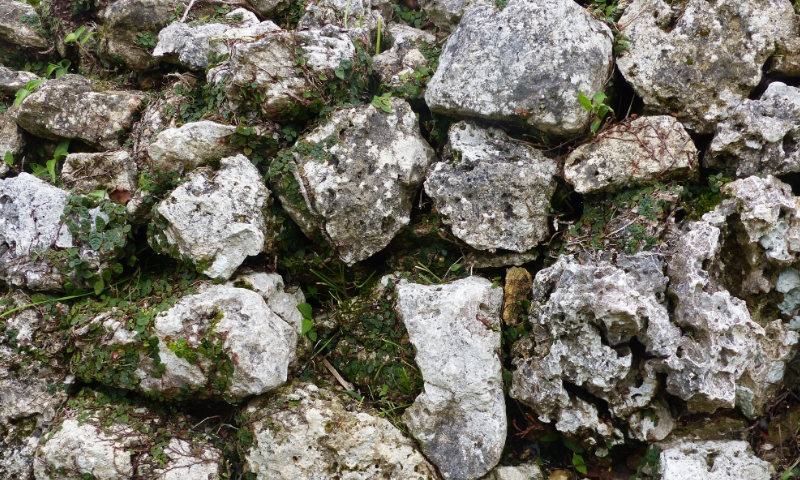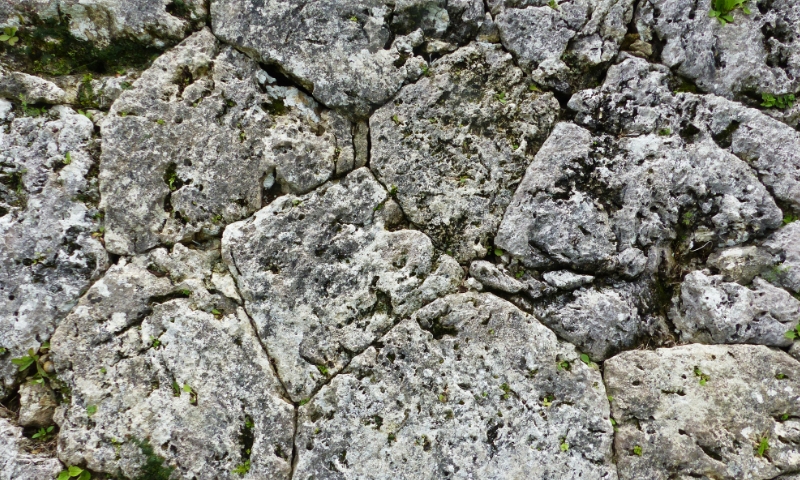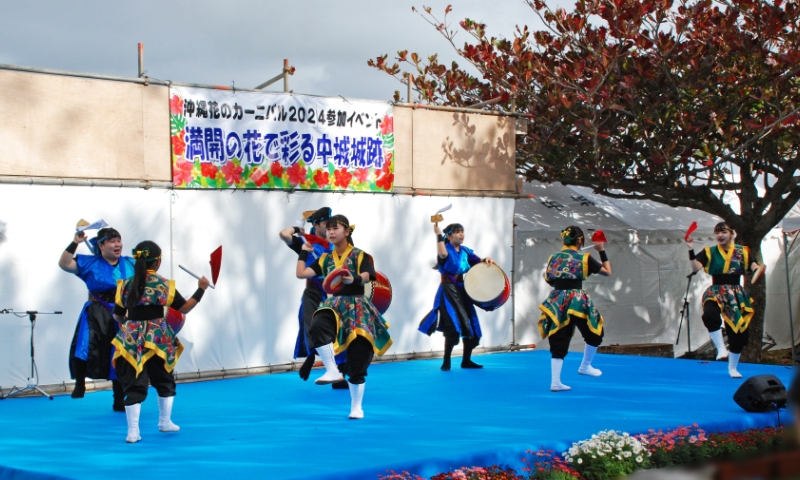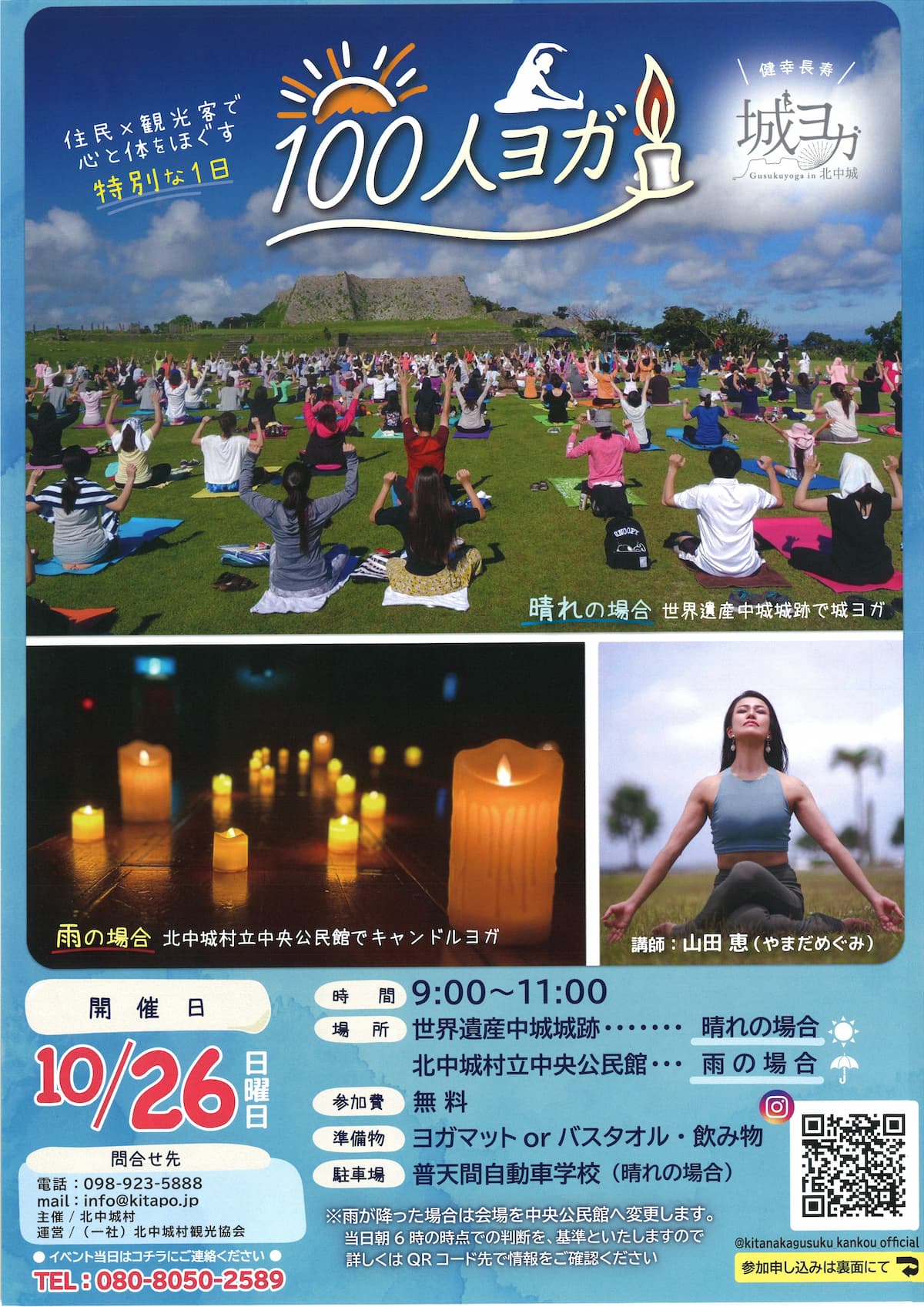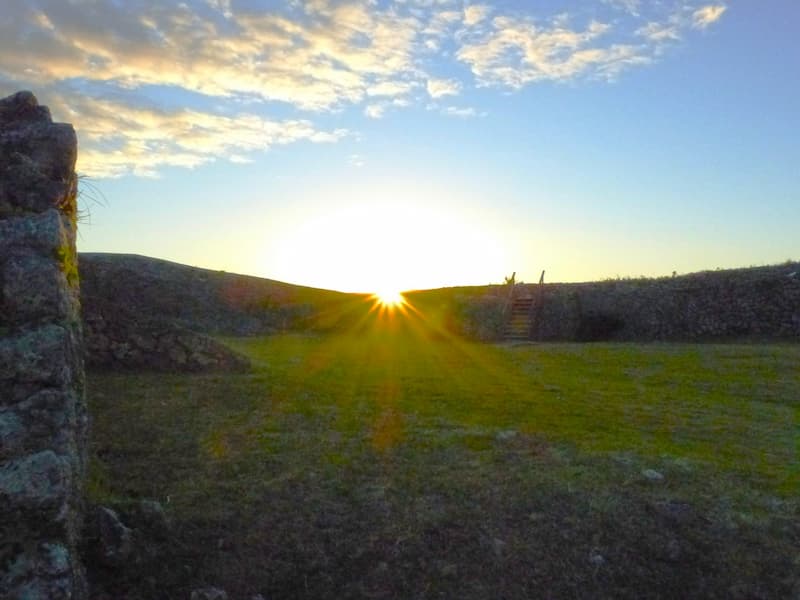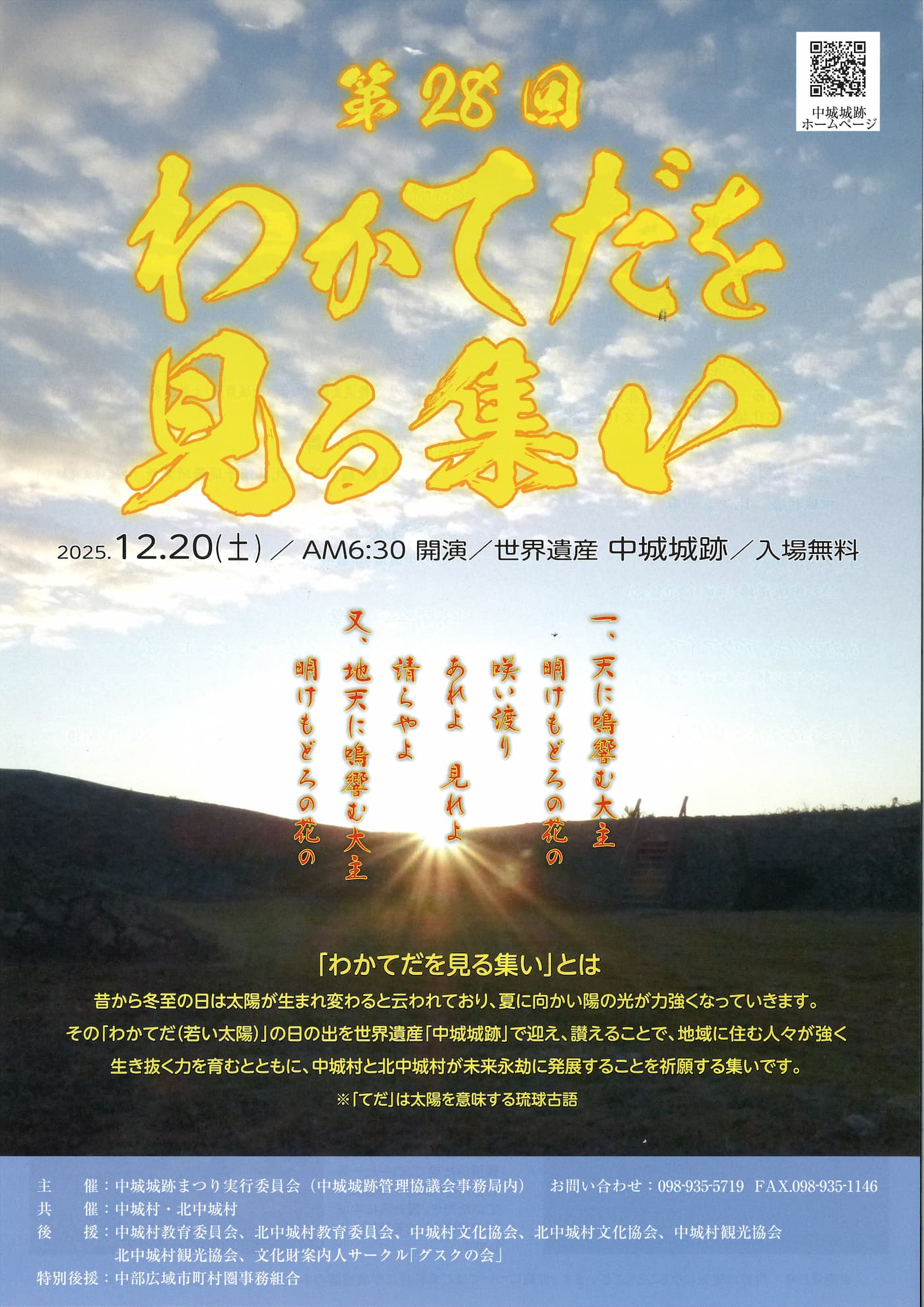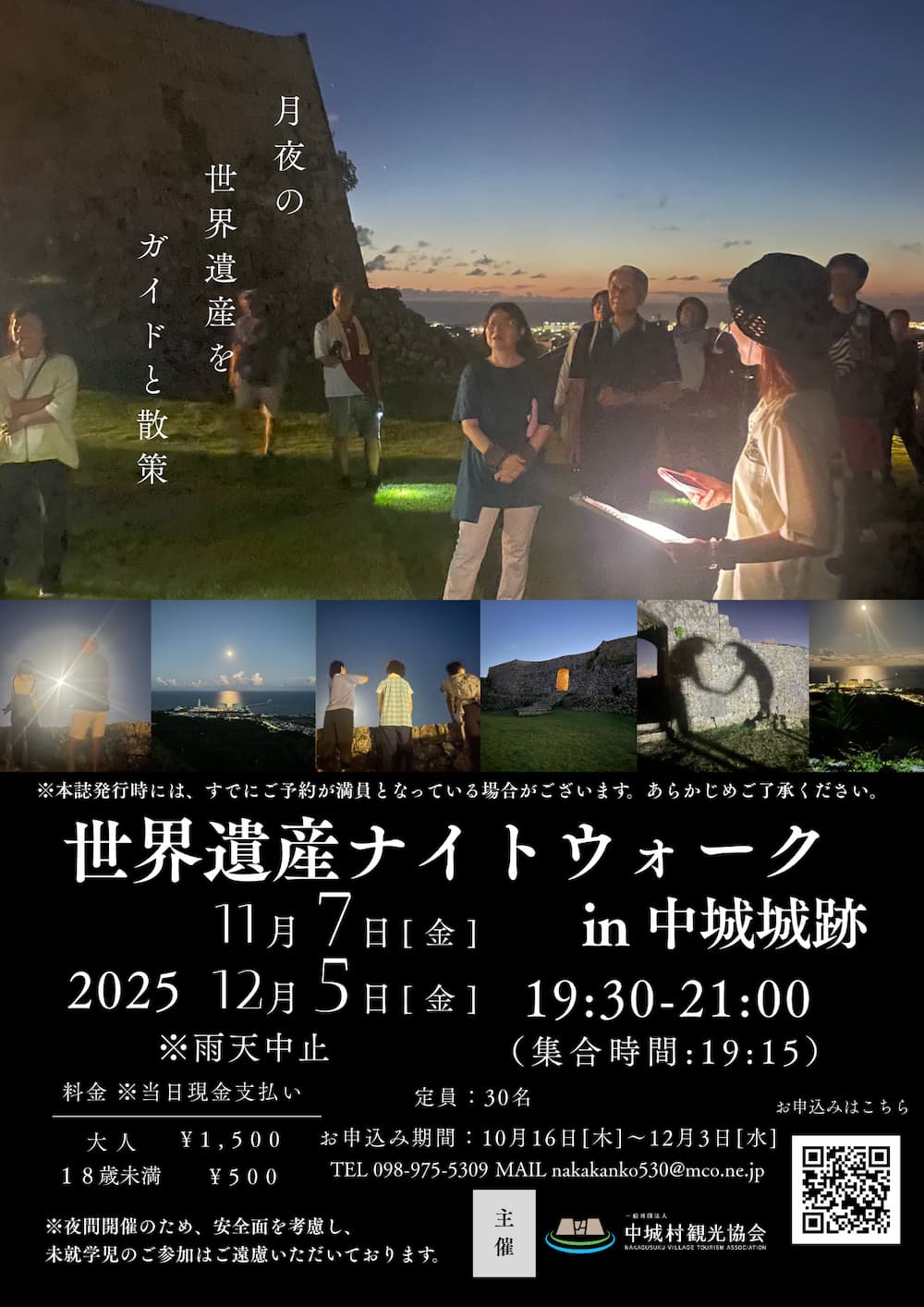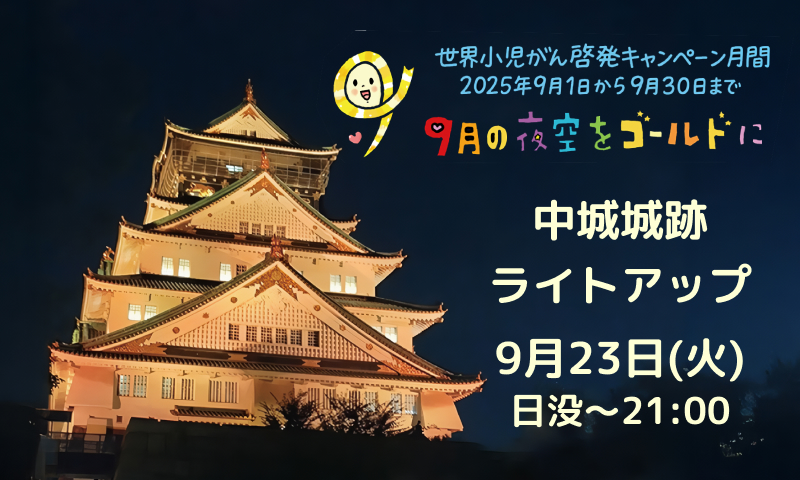closing of a gate:30 minutes later
Nakagusuku Castle Ruins
Stone wall/Nakagusuku Castle is on the list of 100 famous castles in Japan. It is also designated as a Japanese historical site as well as a UNESCO World Heritage site, under the title “Gusuku Sites and Related Properties of the Ryukyu Kingdom”.
Stone wall
The stone laying techniques used in the construction of Nakagusuku Castle can be divided into 3 categories: the Nozura technique (Rubble masonry), the Nunozumi technique (Ashlar masonry) and Aikata Tsumi technique (Ashlar masonry).
The Nozura technique : South Enclosure
Stones that have not been processed. Natural stones and rocks are simply laid on each other.
The Nunozumi technique (also known as Tofuzumi technique) : First Enclosure, Second Enclosure
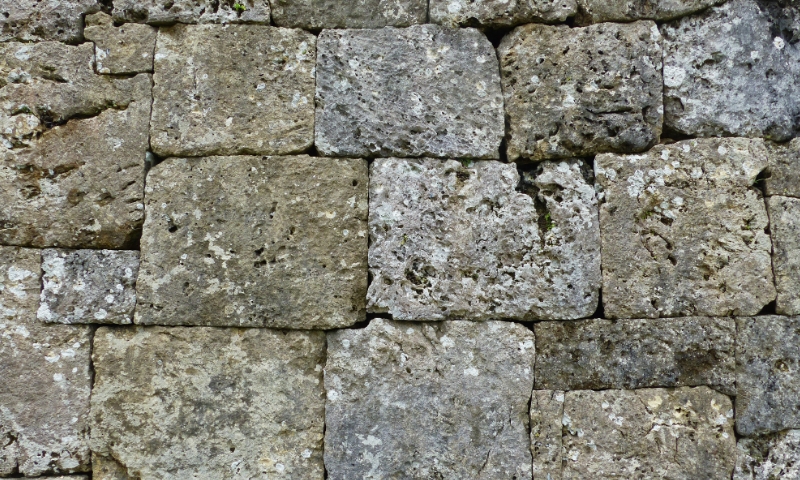
Cubical stones are laid in such an order that each layer presents the same height.
Big stones are a must because they make the wall very solid. This technique has been used to make the parts that surround the castle gates.
The Aikata technique (also referred as Turtleback technique) : Third Enclosure, North Enclosure
With this technique, stones are processed into different shapes in order to fit into each other. Because of this process, the wall remains solid and will last for a longer period of time. This technique can be seen at the north enclosure and the three enclosures which are thought to have been constructed by Lord Gosamaru .
- World Heritage (Gusuku and Related Properties of the Kingdom of Ryukyu)
- Designated Historic Sites in Japan
- 100 Best Castles in Japan
- Address of the historic site1258 Tomari Nakagusuku-son Nakagami-gun Okinawa JAPAN
- Address of the office503 Oshiro Kitanakagusuku-son Nakagami-gun Okinawa 901-2314 JAPAN
- Tel098-935-5719
- OfficeNakagusuku Castle Remain Collaborative management Council
